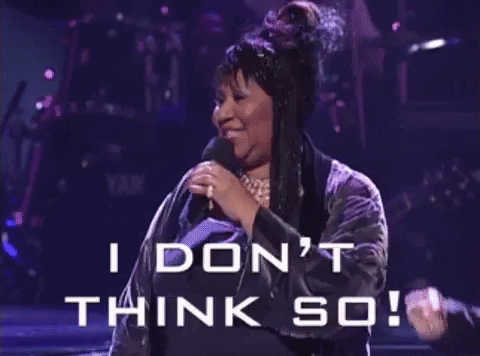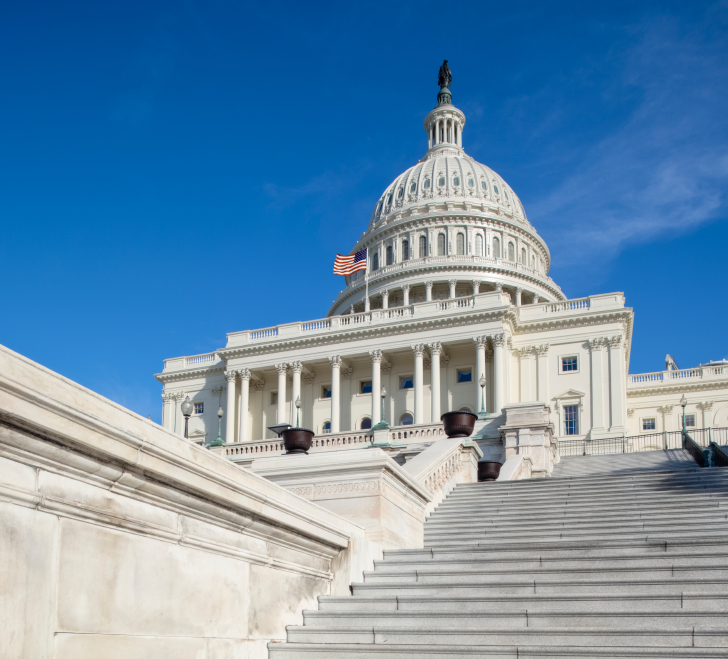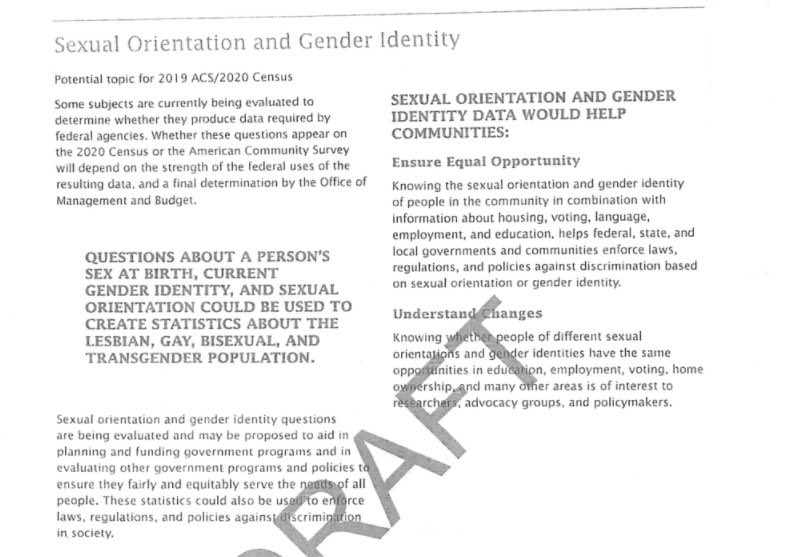Abortion rights, women of color, and LGBTQIA+ people are under attack. Pledge to join us in fighting for gender justice.
What SNAP Really Means for Women and Families of Color

Last month, the Trump administration proposed a rule change to the Supplemental Nutrition Assistance Program (SNAP) that would take food away from an estimated 755,000 people.
Who is one of the primary groups targeted by this rule? Women of color.
Is this a coincidence? Absolutely not.

The Facts
Currently, adults aged 18 through 49 without children can only receive SNAP benefits for 3 months if they do not report working 20 hours per week. States have some flexibility to modestly reduce the impact of this harsh 3-month time limit under the rules now:
- States can ask USDA to issue waivers in areas of higher unemployment;
- States have discretion to provide some individual exemptions to give people more time to try to get enough hours of work each week to meet the time limit requirements.
Trump’s proposed rule would limit these flexibilities, including by adding a 7 percent unemployment rate floor as a condition of area waivers and by eliminating states’ unlimited ability to use carry-over individual exemptions (directly contradicting Congress’ intent in the 2018 Farm Bill on the latter point). This would cut SNAP benefits by $15 billion over 10 years, just one year after a GOP tax scam that gives vast tax breaks to the ultra-wealthy and big corporations and will add $1.9 trillion to the deficit.
A third of non-elderly SNAP recipients are women of color, by the way. So the Trump administration’s proposed rule change will have devastating impacts on Black and brown women, and their families.
Does this seem like backwards priorities to anyone else?
The Real Problem
People of color often face higher unemployment. We know women of color are particularly overrepresented in low-wage jobs, which often come with unpredictable schedules, limited hours, and increased risk of discrimination and harassment. It can be hard for women in jobs like these to receive 20 hours of work per week, every week.
An analysis of a proposal for imposing work requirements for Medicaid recipients (which, don’t get us started, is unprecedented and arguably unlawful) in Michigan showed that limiting exemptions to counties with unemployment rates above 8.5 percent would overwhelmingly benefit white people. Cities like Flint and Detroit, where over 40 percent of Michigan’s black residents live, would not have qualified for the exemption because the counties where they are located had overall unemployment rates below the threshold. But more rural areas, which have more white residents, would have been exempted. The Department of Agriculture didn’t provide any data about the racial impact of the proposed SNAP rule, but admitted that the proposed rule could disparately impact people in some “protected groups.” Hm, like people of color, maybe?
Taking food assistance away from people doesn’t help them work more. Yet the Department of Agriculture describes its punitive rule as an effort to foster “self-sufficiency” – a degrading and ignorant way to characterize the lived experiences of unemployed and underemployed people experiencing food insecurity. Using rationales like these to cut SNAP benefits is part of the Trump administration’s larger attack on women of color:
“Modern work requirements follow a long history of racially-motivated critiques of programs supporting living standards; some proposals have relied on racial bias—fueled, in part, by false narratives about African American women in particular—to garner support.” — Georgetown Law Center on Poverty and Inequality, Unworkable & Unwise: Conditioning Access to Programs that Ensure a Basic Foundation for Families on Work Requirements
We see through you, Trump.
What You Can Do
The National Women’s Law Center will continue to fight racial discrimination, including pushing back on this racist proposed SNAP rule. Go to our comment portal and tell the Trump-Pence administration to keep their #HandsOffSNAP.







